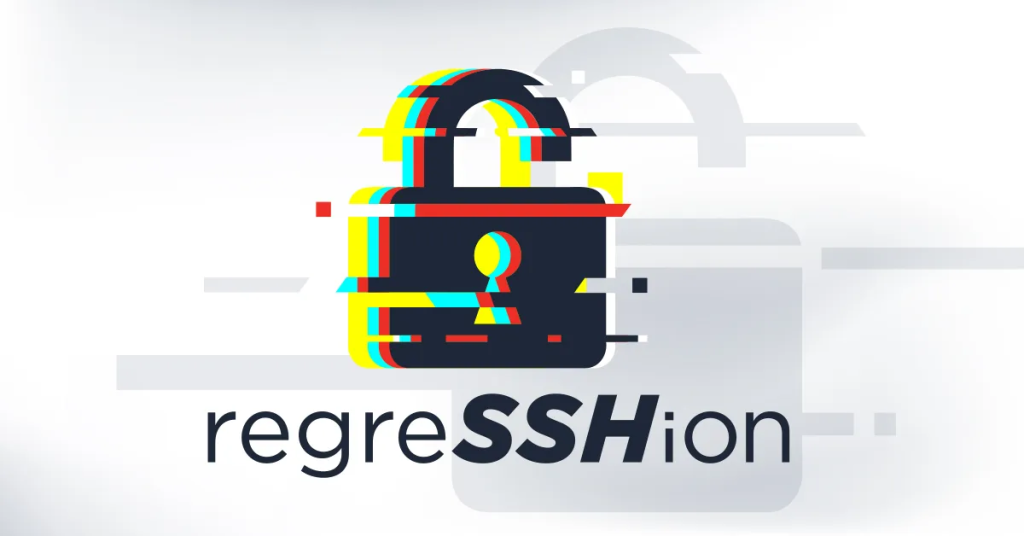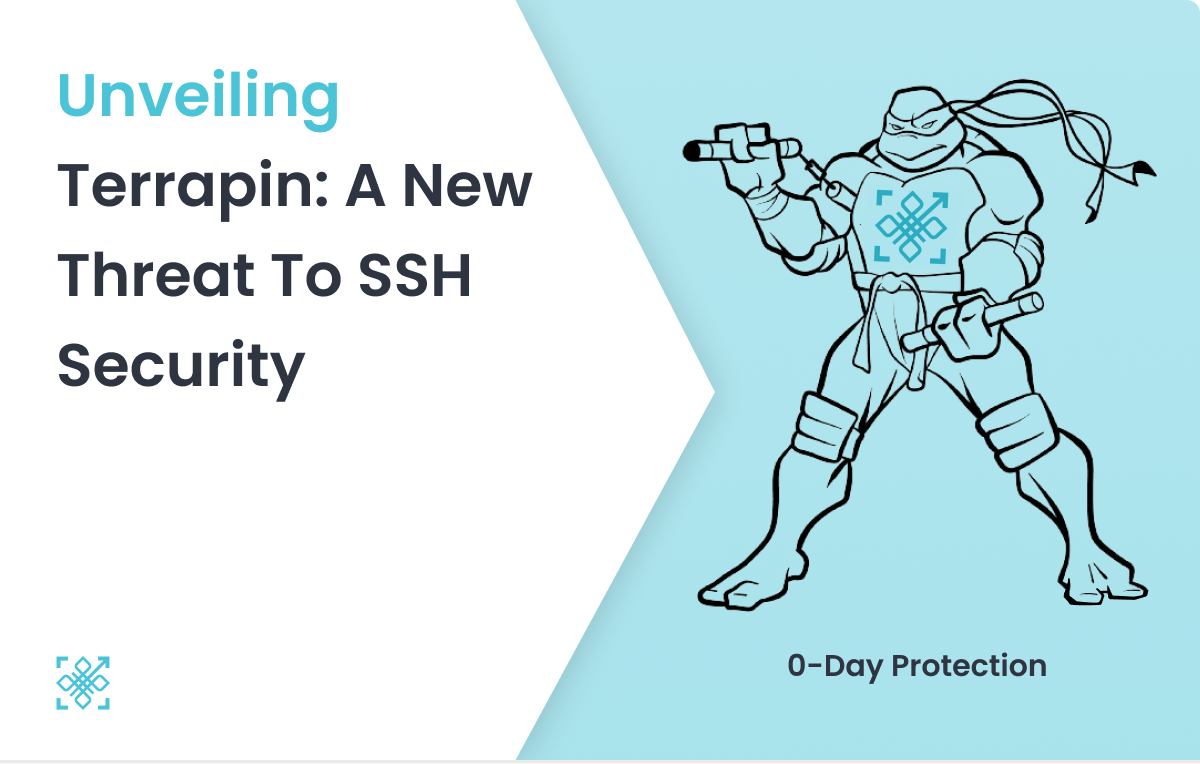Introduction
On July 1, 2024, the cybersecurity community was alerted to a significant vulnerability within OpenSSH, dubbed “regreSSHion” (CVE-2024-6387). This critical flaw, discovered by the Qualys Threat Research Unit (TRU), allows unauthenticated remote code execution (RCE) with root privileges on glibc-based Linux systems. The vulnerability, which affects the default configuration of OpenSSH’s server (sshd), poses a severe security risk due to its potential for complete system compromise without user interaction.
What is regreSSHion?

RegreSSHion, tracked as CVE-2024-6387, is an unauthenticated RCE vulnerability in OpenSSH’s server (sshd). This flaw grants attackers full root access, making it a high-severity threat with a CVSS score of 8.1. The vulnerability affects versions 8.5p1 to 9.8p1 of OpenSSH, as well as versions earlier than 4.4p1 if not patched for previous vulnerabilities (CVE-2006-5051 and CVE-2008-4109). The issue arises from a signal handler race condition that can be exploited by failing to authenticate within a set time period (LoginGraceTime).
Background and Discovery
The Qualys TRU discovered that this vulnerability is a regression of a previously patched flaw, CVE-2006-5051, reported 18 years ago. A regression in this context means that a previously fixed issue has reappeared in a subsequent software release. This often occurs due to changes that inadvertently reintroduce the problem. The regression was introduced in October 2020 with OpenSSH version 8.5p1, highlighting the importance of thorough regression testing to prevent the reintroduction of known vulnerabilities.
Technical Details
The vulnerability involves a specific sequence of function calls and interactions between the signal handler and the main program logic. Here’s a breakdown of the critical components:
Function Call Chain:
- __localtime64_r calls __tz_convert.
- __tz_convert calls tzset_internal.
- tzset_internal calls __tzfile_read.
Heap Allocation Issues:
- __tzfile_read involves a call to fopen to read timezone files.
- fopen allocates a FILE structure on the heap.
Exploit Strategy:
- The attacker exploits the race condition by manipulating heap memory.
- By carefully timing the SIGALRM signal, they can interrupt the malloc operation, leaving the heap in an inconsistent state.
- This allows the attacker to control the FILE structure, leading to arbitrary code execution.
Impact and Exploitation Process
The regreSSHion vulnerability impacts glibc-based Linux systems running vulnerable versions of OpenSSH. Exploitation of this flaw can result in complete system takeover, allowing attackers to execute arbitrary code with root privileges. The attacker leverages the predictable heap layout and timing to achieve arbitrary code execution:
Heap Layout Manipulation:
- The attacker creates a specific heap layout with controlled memory holes.
- They send a series of crafted public-key packets to OpenSSH, forcing specific malloc and free operations.
Signal Timing:
- The attacker sends a SIGALRM signal at a precise moment during the malloc operation.
- This interrupts the malloc, leaving the heap in a vulnerable state.
Arbitrary Code Execution:
- By overwriting parts of the FILE structure, the attacker redirects execution to their controlled function pointers.
- This allows them to execute arbitrary code with the privileges of the OpenSSH process.
While successful exploitation has been demonstrated under lab conditions, it typically requires 6-8 hours of continuous connections. This makes mass exploitation challenging but not impossible.
Affected Versions
The vulnerability affects the following OpenSSH versions:
- OpenSSH versions earlier than 4.4p1, if not patched for CVE-2006-5051 or CVE-2008-4109
- OpenSSH versions from 8.5p1 up to, but not including, 9.8p1

OpenBSD systems are not vulnerable due to their use of an async-signal-safe version of syslog(), which mitigates the race condition.
Mitigation and Recommendations
To protect against the regreSSHion vulnerability, it is recommended to:
- Update OpenSSH: Upgrade to the latest version, which is 9.8p1 or later.
- Network Controls: Limit SSH access through network-based controls to restrict unauthorised access.
- Micro Segmentation : Products like XShield by ColorTokens help in segmenting critical servers and containing access to them based on policies & detection of anomalies.
Workarounds
If you cannot apply the patch immediately, consider the following workarounds:
- Configuration Change:
- Set
LoginGraceTimeto 0 in the OpenSSH configuration file. This eliminates the vulnerable window but may lead to denial of service by exhausting all available connections.
- Set
- Code Modification:
- Temporarily comment out or remove the async-signal-unsafe code from the
sshsigdiefunction in OpenSSH source code and recompile.
- Temporarily comment out or remove the async-signal-unsafe code from the
Current Status and Observations
As of July 2, 2024, there is no known activity in the wild exploiting this vulnerability. While proof-of-concept (PoC) code exists, it has not been successfully used to achieve remote code execution in testing environments. However, the potential for targeted attacks remains, and organizations are urged to apply patches and implement mitigation promptly.
Conclusion
The regreSSHion vulnerability in OpenSSH (CVE-2024-6387) underscores the critical need for rigorous regression testing and prompt security updates. By understanding the nature of this threat and taking proactive measures, organizations can mitigate the risks associated with this severe vulnerability and protect their systems from potential exploitation.
Stay informed and vigilant, and ensure your systems are updated to safeguard against this and other emerging cybersecurity threats.







